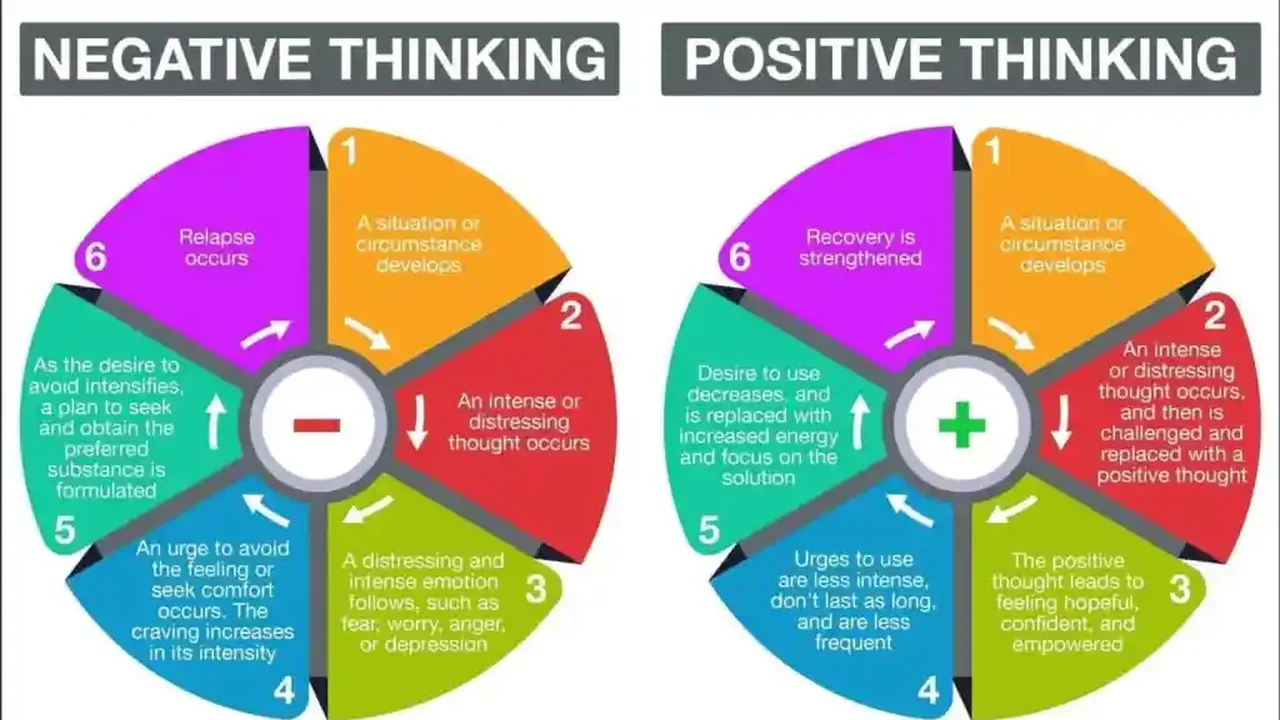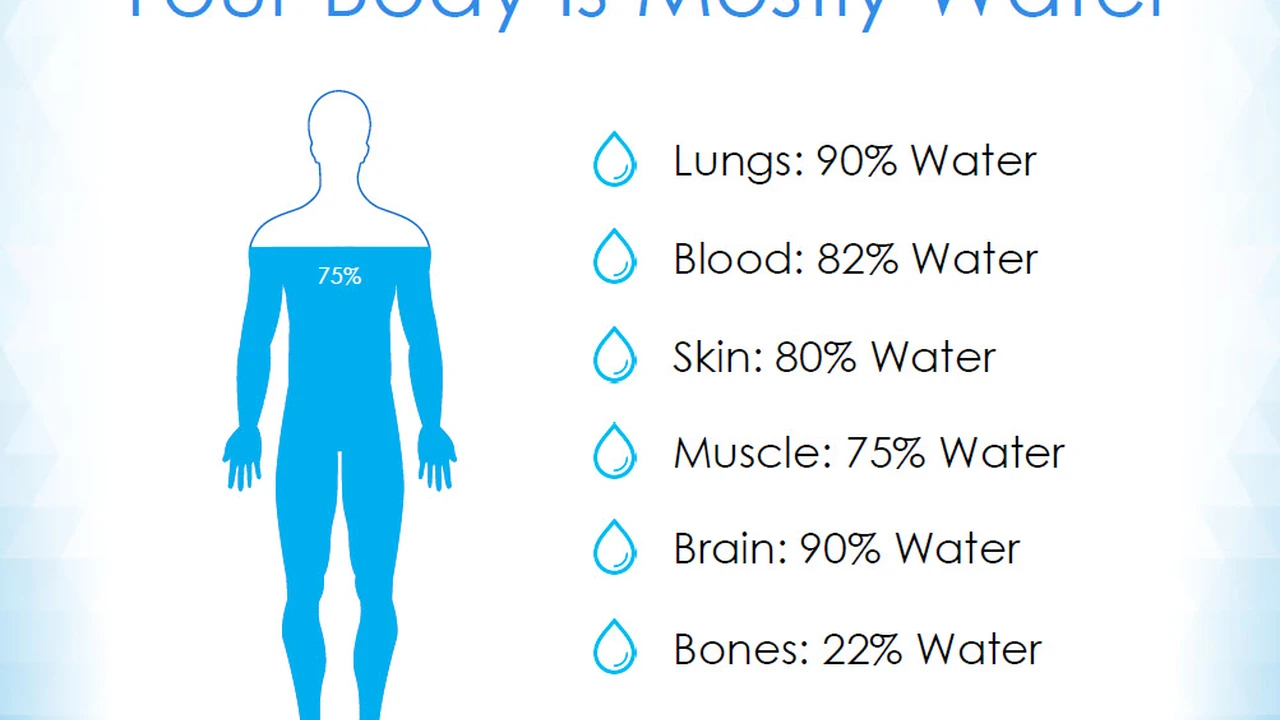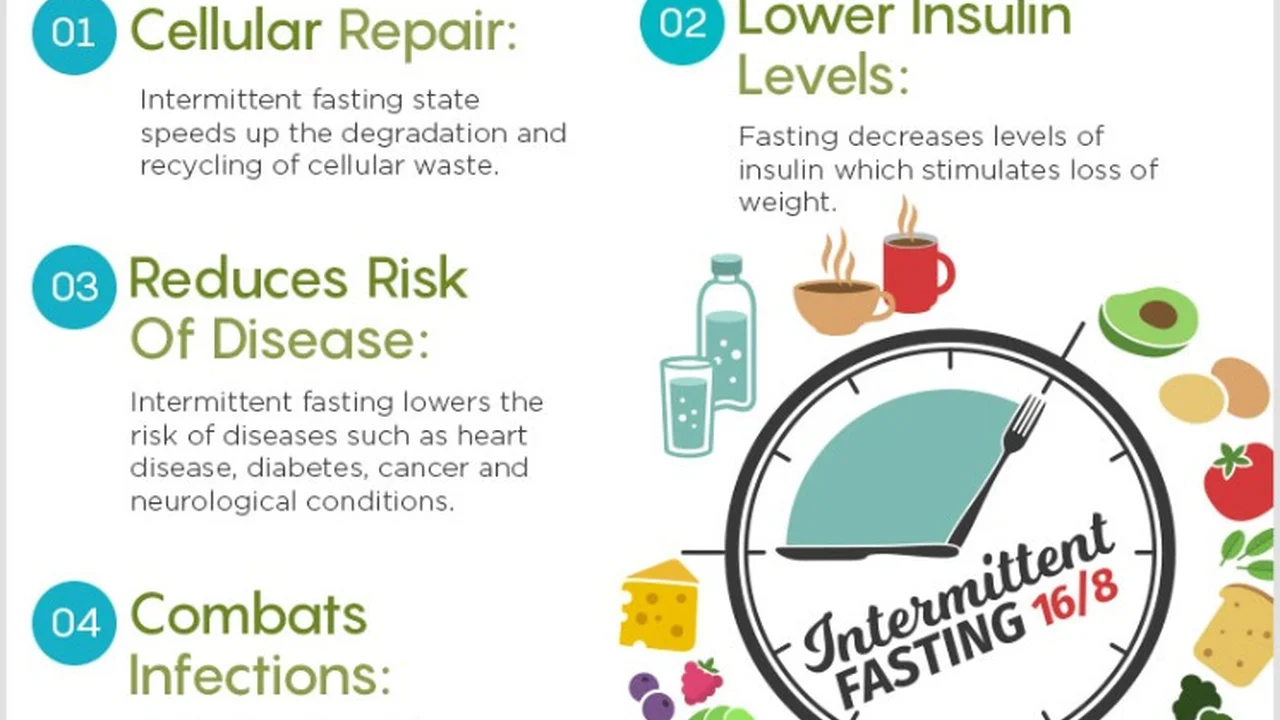The Impact of Positive Thinking on Your Health and Happiness
Learn how to create a sustainable lifestyle and adopt eco-friendly practices. This guide covers essential tips for reducing your environmental impact. Contribute to a healthier planet and improve your well-being with sustainable living.

Understanding the Basics of Sustainable Living and Eco-Friendly Practices
So, you're thinking about going green? That's awesome! Sustainable living is all about making choices that minimize your impact on the planet. It's not about being perfect; it's about being mindful. It’s about understanding that the resources we use are finite and that we need to use them wisely to ensure future generations can enjoy the same planet we do. From the food you eat to the energy you use, every decision can contribute to a more sustainable world.
Eco-friendly practices aren't just a fad; they're a necessity. We're facing serious environmental challenges like climate change, pollution, and deforestation. By adopting eco-friendly habits, we can reduce our carbon footprint, conserve resources, and protect ecosystems. Think of it as being a responsible tenant on planet Earth!
Reducing Your Carbon Footprint Through Energy Conservation and Renewable Energy Sources
One of the biggest ways to make a difference is by tackling your energy consumption. Reducing your carbon footprint starts at home. Simple changes like switching to LED light bulbs, unplugging electronics when you're not using them, and adjusting your thermostat can significantly lower your energy bill and your environmental impact.
Consider investing in renewable energy sources. Solar panels are becoming increasingly affordable and efficient. They allow you to generate your own electricity, reducing your reliance on fossil fuels. Even if you can't install solar panels, you can still support renewable energy by choosing a green energy provider. Many utility companies offer options to purchase electricity generated from wind, solar, or other renewable sources.
Another often-overlooked aspect is transportation. Drive less! Walk, bike, or take public transportation whenever possible. If you need a car, consider a hybrid or electric vehicle. Carpooling is another great way to reduce emissions and save money. Even small changes in your commute can make a big difference over time.
Eco-Friendly Food Choices: Sustainable Eating and Reducing Food Waste
The food we eat has a significant impact on the environment. Sustainable eating involves choosing foods that are produced in a way that minimizes environmental damage. This includes supporting local farmers, buying organic produce, and reducing your consumption of meat, especially beef.
Local and seasonal eating is key. Buying local produce reduces the need for long-distance transportation, which burns fossil fuels and contributes to air pollution. Seasonal eating means choosing foods that are in season in your area. These foods are typically fresher, tastier, and more affordable than out-of-season produce.
Reducing food waste is another crucial aspect of sustainable eating. Did you know that about one-third of all food produced globally is wasted? This waste ends up in landfills, where it decomposes and releases methane, a potent greenhouse gas. Plan your meals carefully, store food properly, and compost any food scraps that you can't eat. You can also get creative with leftovers and turn them into new and delicious meals.
Consider starting a garden. Even a small herb garden on your windowsill can provide you with fresh, organic produce and reduce your reliance on store-bought food. Gardening is also a great way to connect with nature and reduce stress.
Sustainable Shopping Habits: Choosing Eco-Friendly Products and Reducing Packaging Waste
Be a conscious consumer! When you shop, choose products that are made from sustainable materials, are durable, and are packaged in eco-friendly materials. Look for products with minimal packaging or packaging that is made from recycled materials. Avoid single-use plastics whenever possible.
Support brands that prioritize sustainability. Many companies are now committed to reducing their environmental impact. Look for certifications like Fair Trade, Organic, and Rainforest Alliance. These certifications indicate that a product meets certain environmental and social standards.
Buy in bulk. Buying in bulk reduces packaging waste and can often save you money. Bring your own reusable bags and containers to the store. Say no to plastic bags and opt for reusable shopping bags made from cloth or recycled materials.
Consider thrifting or buying used items. Thrifting is a great way to find unique and affordable clothing, furniture, and other items. It also reduces the demand for new products, which conserves resources and reduces pollution.
Water Conservation Tips: Reducing Water Usage at Home and in the Garden
Water is a precious resource, and it's important to conserve it. Simple changes like taking shorter showers, fixing leaky faucets, and installing low-flow toilets can significantly reduce your water consumption.
Water your lawn and garden efficiently. Water early in the morning or late in the evening to minimize evaporation. Use a watering can or a soaker hose to water plants directly at the roots. Consider installing a rain barrel to collect rainwater for watering your garden.
Choose drought-tolerant plants for your garden. These plants require less water and are better adapted to dry climates. Mulch your garden beds to help retain moisture in the soil.
Be mindful of your water usage when washing dishes and doing laundry. Run your dishwasher and washing machine only when they are full. Use eco-friendly detergents that are biodegradable and phosphate-free.
Reducing Waste and Recycling Effectively: Mastering the Art of Waste Management
Recycling is a key component of sustainable living. Learn what materials are recyclable in your area and make sure to recycle them properly. Separate your recyclables from your trash and rinse out any food containers before recycling them.
Reduce, reuse, and recycle! Before you throw something away, ask yourself if you can reduce your consumption of that item, reuse it for another purpose, or recycle it. Get creative with reusing items. For example, you can turn old t-shirts into cleaning rags or use glass jars as storage containers.
Composting is a great way to reduce food waste and create nutrient-rich soil for your garden. You can compost food scraps, yard waste, and paper products. There are many different types of composters available, from simple backyard compost bins to more sophisticated indoor composters.
Avoid single-use plastics. Single-use plastics are a major source of pollution. Carry a reusable water bottle, coffee cup, and shopping bag with you. Say no to plastic straws and utensils. Choose products that are packaged in recyclable materials.
Eco-Friendly Cleaning Products: Ditching Harsh Chemicals for Natural Alternatives
Many conventional cleaning products contain harsh chemicals that can be harmful to your health and the environment. Switch to eco-friendly cleaning products that are made from natural ingredients.
Make your own cleaning products! You can easily make your own cleaning products using ingredients like vinegar, baking soda, lemon juice, and essential oils. These ingredients are effective, affordable, and safe for your family and the environment.
Vinegar is a great all-purpose cleaner. It can be used to clean countertops, floors, and windows. Baking soda is a natural deodorizer and can be used to clean sinks, ovens, and toilets. Lemon juice is a natural disinfectant and can be used to clean cutting boards and remove stains.
Essential oils can be added to your cleaning products to provide a pleasant scent. Lavender, tea tree, and eucalyptus oils are all known for their antibacterial and antifungal properties.
Sustainable Fashion: Choosing Ethical and Environmentally Friendly Clothing Options
The fashion industry is a major polluter. Fast fashion, in particular, is responsible for significant amounts of waste, pollution, and greenhouse gas emissions. Choose sustainable fashion options that are ethical and environmentally friendly.
Buy less clothing. The best way to reduce the environmental impact of your wardrobe is to buy less clothing in the first place. Choose classic, versatile pieces that you can wear for years to come. Avoid buying trendy items that will quickly go out of style.
Choose sustainable materials. Look for clothing made from organic cotton, linen, hemp, or recycled materials. These materials are more environmentally friendly than conventional cotton or synthetic fabrics.
Shop at thrift stores and consignment shops. Thrifting is a great way to find unique and affordable clothing. It also reduces the demand for new products, which conserves resources and reduces pollution.
Support ethical brands. Many brands are now committed to producing clothing in a way that is both ethical and environmentally friendly. Look for certifications like Fair Trade and GOTS (Global Organic Textile Standard).
DIY Projects for Sustainable Living: Upcycling and Repurposing Household Items
Get creative and repurpose items you already have! Upcycling is a fantastic way to give new life to old items and reduce waste. Turn old jars into vases, t-shirts into tote bags, or wooden pallets into furniture. The possibilities are endless!
DIY projects are not only fun but also a great way to save money and reduce your environmental impact. Search online for inspiration and tutorials. There are countless DIY projects for sustainable living that you can tackle, regardless of your skill level.
Community Involvement and Advocacy for Environmental Protection
Get involved in your community! Join local environmental organizations, participate in clean-up events, and advocate for policies that protect the environment. Your voice matters, and you can make a difference by speaking out on issues that are important to you.
Educate yourself and others about environmental issues. The more you know, the better equipped you'll be to make informed decisions and advocate for change. Share your knowledge with your friends, family, and colleagues. Encourage them to adopt sustainable practices in their own lives.
Recommended Eco-Friendly Products: Sustainable Choices for Your Home and Lifestyle
Here are a few specific eco-friendly product recommendations to get you started:
Reusable Water Bottle: Hydro Flask vs. Klean Kanteen
Product: Reusable water bottle
Brand 1: Hydro Flask
Brand 2: Klean Kanteen
Scenario: Staying hydrated on the go, at the gym, or at the office.
Comparison: Hydro Flask is known for its excellent insulation, keeping drinks cold for up to 24 hours and hot for up to 12. Klean Kanteen is another great option, made from durable stainless steel and available in a variety of sizes and colors. Hydro Flask tends to be slightly more expensive.
Price: Hydro Flask (24 oz) - $35-45; Klean Kanteen (27 oz) - $25-35
Bamboo Toothbrush: Brush with Bamboo vs. The Humble Co.
Product: Bamboo toothbrush
Brand 1: Brush with Bamboo
Brand 2: The Humble Co.
Scenario: Daily oral hygiene routine
Comparison: Both are made from sustainable bamboo. Brush with Bamboo claims to be the world's first plant-based toothbrush, with bristles made from castor bean oil. The Humble Co. focuses on social responsibility, donating a toothbrush for every one purchased. Bristle material and handle shape are the main differences.
Price: Brush with Bamboo - $5-7; The Humble Co. - $4-6
Reusable Shopping Bags: Baggu vs. ChicoBag
Product: Reusable shopping bags
Brand 1: Baggu
Brand 2: ChicoBag
Scenario: Grocery shopping, errands, carrying everyday items.
Comparison: Baggu bags are known for their stylish designs and durability. They're made from ripstop nylon and can hold up to 50 lbs. ChicoBags are extremely compact and easy to store, often coming with a built-in pouch. Choose Baggu for style and durability; ChicoBag for portability.
Price: Baggu - $12-15; ChicoBag - $8-12
Eco-Friendly Laundry Detergent: Seventh Generation vs. ECOS
Product: Eco-friendly laundry detergent
Brand 1: Seventh Generation
Brand 2: ECOS
Scenario: Washing clothes
Comparison: Seventh Generation is widely available and offers a range of plant-based detergents. ECOS is another popular brand, known for its concentrated formulas and commitment to sustainability. Scent options and availability might influence your choice.
Price: Seventh Generation (50 oz) - $12-15; ECOS (50 oz) - $10-13
Compost Bin: Epica Stainless Steel Compost Bin vs. Utopia Kitchen Compost Bin
Product: Compost Bin
Brand 1: Epica Stainless Steel Compost Bin
Brand 2: Utopia Kitchen Compost Bin
Scenario: Collecting food scraps for composting
Comparison: Epica offers a stainless steel bin with a charcoal filter to minimize odors. Utopia Kitchen provides a similar option at a slightly lower price point. Consider the capacity and aesthetic appeal when making your decision.
Price: Epica - $25-35; Utopia Kitchen - $20-30
Beeswax Wraps: Bee's Wrap vs. Abeego
Product: Beeswax Wraps (food storage)
Brand 1: Bee's Wrap
Brand 2: Abeego
Scenario: Storing fruits, vegetables, cheese, and covering bowls
Comparison: Both brands offer reusable food wraps made from beeswax, organic cotton, jojoba oil, and tree resin. They're a great alternative to plastic wrap. Abeego focuses on keeping food alive longer while Bee's Wrap offers a wider variety of patterns and sizes.
Price: Bee's Wrap (set of 3) - $18-22; Abeego (set of 3) - $20-25
Making these small changes can have a big impact on the environment. Remember, every little bit helps!
:max_bytes(150000):strip_icc()/277019-baked-pork-chops-with-cream-of-mushroom-soup-DDMFS-beauty-4x3-BG-7505-5762b731cf30447d9cbbbbbf387beafa.jpg)






